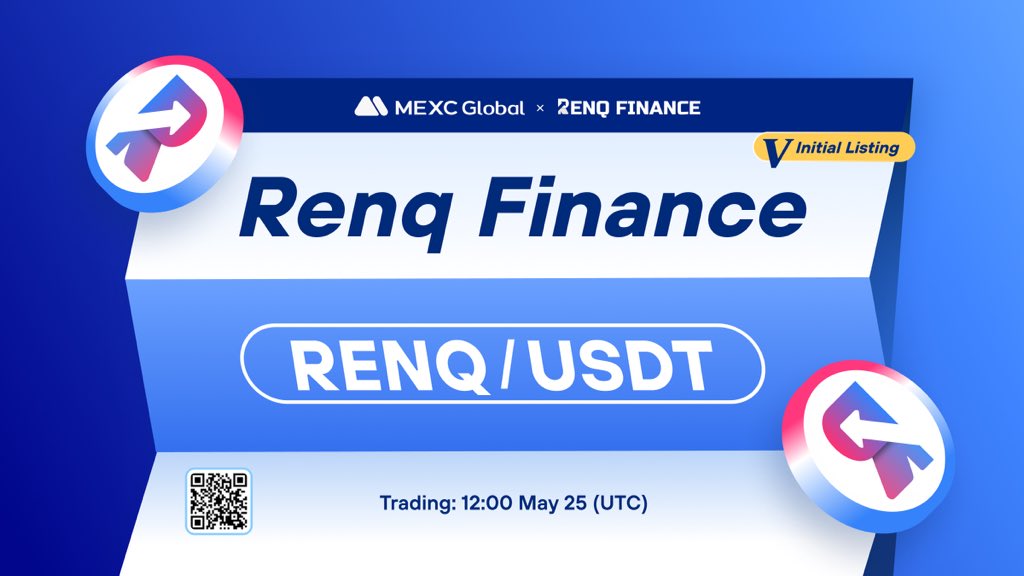After the release of Bitcoin in 2009, Vitalik Buterin, a young Russian-born programmer, came up with a bright idea to elevate blockchain 1.0 technology and officially created “Ethereum”. The original intention of Vitalik’s Ethereum design was to break the bottlenecks and limitations of Bitcoin and explore possibilities beyond the then-capabilities of cryptocurrencies. He described the system as “the ultimate smart contract and decentralized application platform.” As such, the emergence of ETH can be regarded as the arrival of the blockchain 2.0 era. Ethereum offers a Turing-complete, programmable smart contract blockchain platform after Bitcoin, and is not just another cryptocurrency.

The currency used by Ethereum (ETH) is similar to Bitcoin’s currency properties. Its initial supply is about 72 million pieces, and there is a production limit of 18 million pieces per year. It should be noted that at least 4,696 ETH was burned 24 hours after the end of the “London upgrade” (EIP-1559) of ETH. It is expected that the amount of ETH burned will continue to increase after the upgrade, which will lead to the emergence of a deflationary state of Ethereum. Next, we can build a quick understanding of Ethereum through three key points.
What is Ethereum and its applications?

Ethereum is considered by the industry as a second-generation blockchain. on which developers can build decentralized applications. These applications run on a distributed network and theoretically cannot be shut down, regulated or censored by external parties.
ETH’s popularity and core value come from its ability to develop smart contracts. The smart contract is an immutable distributed digital instruction that ensures transparency and fairness in the execution of agreements. With the advantages of programmability, developers have more freedom to experiment with their own projects by using smart contracts.

Ethereum has its roots in the same mining technology as Bitcoin. As such, Ethereum also has the features of decentralization, traceability, security and privacy.

It should be emphasized that ETH is essentially a public blockchain application platform, with its own characteristics. In particular, smart contract support is the first of its kind in the blockchain field, with open-source friendly attributes.
Decentralized Autonomous Organizations (DAOs) were born out of the robustness of Ethereum. DAOs are entities run by complex smart contracts on top of Ethereum. It embodies the potential of smart contracts, enables large-scale online cooperation, and solves the problem of trust.

Ethereum has a dedicated Ethereum virtual machine (EVM) that specializes in processing peer-to-peer distributed contracts, where the basic unit is the user’s account, making it the first public blockchain platform that supports programming (Dapps) in the underlying architecture of the chain.
For a clearer analogy: assume that Ethereum is an automated cooking platform where ingredients, seasonings, kitchen utensils, and even cooking functions have been fully provided to users. The users can just execute simple operations such as ordering food, moving tableware, etc and wait for the delicious food to be delivered to them quickly and efficiently. Everyone can be a chef in Ethereum.
Ethereum can also do much more, such as:
- Create programs for computer programmers
- Create autonomous organization DAOs (such as: ensuring fair and transparent online voting)
- Financial applications (such as: establishing your own currency system, financial derivatives, peer-to-peer games, airdrop rewards)
- Record transactions without guarantees
- Pay for the fees generated by Ethereum’s own transactions and other activities.

Ethereum Transaction Costs – Gas Fee
Just like paying for gas for your car, running a smart contract on Ethereum requires users to pay for gas. The gas fee is paid in Ether (ETH), and the price depends on the complexity of the specific task. Different complexities will consume different mining computing power.
Part of gas fee calculation mainly depends on the changes in demand and supply – when there are a large number of transactions, the average gas price is likely to rise, and vice versa.
Fortunately, under normal circumstances, only a small amount of Ether is required to pay the gas fee. It can be expressed in Gwei, where one Gwei is equivalent to one billionth of Ethereum. However, it is important to note that some bugs can cause execution prices to rise rapidly. Fortunately, nodes on the current ETH network are able to detect and prevent unnecessary or unwanted spam programs from running.

Pros and Cons of Ethereum

Compared to other blockchain-based products, the open-source nature of Ethereum’s smart contracts is the first of its kind in the blockchain world. The smart contract improves cost and efficiency for blockchain applications. Most importantly, it has truly redefined the value of blockchain.
However, the shortcomings of Ethereum are also increasingly prominent. In particular, the inflation of Ethereum gas fees has become a serious problem.
Specifically, Ethereum’s proof-of-work (POW) was originally designed to reward miners for creating and validating blocks on the blockchain. Compared to the massive demand, the model only allows for 13 transactions per second (TPS), so the Ethereum network capacity is therefore becoming increasingly inadequate. This leads to network congestion and high gas fees which reduces the overall efficiency of the ETH network.
In addition, Ethereum still has vulnerabilities that cannot be ignored: multi-sig smart contract vulnerabilities, timestamp vulnerabilities, transaction sequence vulnerabilities, Geth client Denial-of-Service vulnerabilities, etc., all of which could be exploited by bad actors to steal funds. Therefore, Ethereum’s security needs to be further improved.
Closing thoughts
Although there are still flaws, Ethereum has no doubts that have established the most successful decentralized ecosystem and network in the crypto world and the Ethereum official team is actively developing Ethereum 2.0 to upgrade the Ethereum network. Stay tuned for our analysis of Ethereum 2.0 to learn more about the future development trend of Ethereum.
Join MEXC and Start Trading Today!



